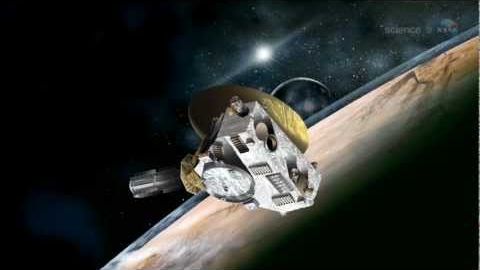ScienceCasts:訪問冥王星 (ScienceCasts: Visit To Pluto)
Bing-Je 發佈於 2021 年 01 月 14 日  沒有此條件下的單字
沒有此條件下的單字- v.t./i.訪問;參觀;拜訪;短暫停留
- n. (c./u.)訪問;參觀
- v.t.把...歸入某類;已排名
- n. (u.)階級
- n. (c./u.)社會階級;排名;班
- n. (c.)蒼蠅;(褲子的)前襠開口
- v.i.飄揚;飛奔;乘飛機旅行;飛,飛行
- v.t.駕駛飛機
- adj.牢的;緊的;快的;迅速的;快的;不褪色的
- n.禁食;齋戒
- adv.快;迅速
- v.i.禁食

